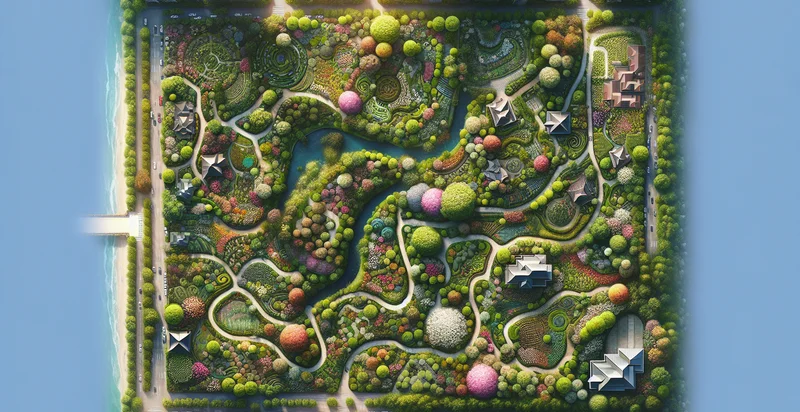Identify aerial views of arboretums
using AI
Below is a free classifier to identify aerial views of arboretums. Just upload your image, and our AI will predict if the image depicts an arboretum - in just seconds.

Contact us for API access
Or, use Nyckel to build highly-accurate custom classifiers in just minutes. No PhD required.
Get started
import nyckel
credentials = nyckel.Credentials("YOUR_CLIENT_ID", "YOUR_CLIENT_SECRET")
nyckel.invoke("aerial-views-of-arboretums", "your_image_url", credentials)
fetch('https://www.nyckel.com/v1/functions/aerial-views-of-arboretums/invoke', {
method: 'POST',
headers: {
'Authorization': 'Bearer ' + 'YOUR_BEARER_TOKEN',
'Content-Type': 'application/json',
},
body: JSON.stringify(
{"data": "your_image_url"}
)
})
.then(response => response.json())
.then(data => console.log(data));
curl -X POST \
-H "Content-Type: application/json" \
-H "Authorization: Bearer YOUR_BEARER_TOKEN" \
-d '{"data": "your_image_url"}' \
https://www.nyckel.com/v1/functions/aerial-views-of-arboretums/invoke
How this classifier works
To start, upload your image. Our AI tool will then predict if the image depicts an arboretum.
This pretrained image model uses a Nyckel-created dataset and has 2 labels, including Healthy Plants and Unhealthy Plants.
We'll also show a confidence score (the higher the number, the more confident the AI model is around if the image depicts an arboretum).
Whether you're just curious or building aerial views of arboretums detection into your application, we hope our classifier proves helpful.
Related Classifiers
Need to identify aerial views of arboretums at scale?
Get API or Zapier access to this classifier for free. It's perfect for:
- Environmental Monitoring: This function can be used to assess the health and biodiversity of arboretums by analyzing aerial images. It can detect changes in vegetation patterns, identify stressed areas, and provide valuable data for conservation efforts.
- Urban Planning: Municipalities can utilize aerial classification to evaluate arboretum locations for urban development. By understanding vegetation coverage and the presence of protected areas, city planners can make informed decisions that balance development with green space preservation.
- Education and Research: Academic institutions can leverage this classification function to create datasets for research on plant species, ecology, and climate change. Aerial imagery analysis can enhance field studies by providing a broader spatial context for flora relationships and ecosystem dynamics.
- Tourism Enhancement: Travel agencies and local tourism boards can use the classification data to promote arboretums as tourist destinations. By showcasing the rich biodiversity and unique landscapes, they can create targeted marketing campaigns that attract more visitors.
- Resource Management: Arboretum managers can employ this technology to monitor tree health over large areas. Early identification of disease or pest infestations allows for timely intervention, ensuring the longevity and vibrancy of the arboretum’s collections.
- Climate Change Impact Assessment: Researchers can utilize aerial view classification to study the effects of climate change on arboretum landscapes. This data can support studies on species resilience, migration patterns, and adaptation strategies in changing environmental conditions.
- Public Engagement: Non-profits and community organizations can use the classification to engage the public in conservation efforts. By sharing aerial classifications and the resulting insights, they can raise awareness about the importance of preserving arboretums and encourage community participation in stewardship programs.


